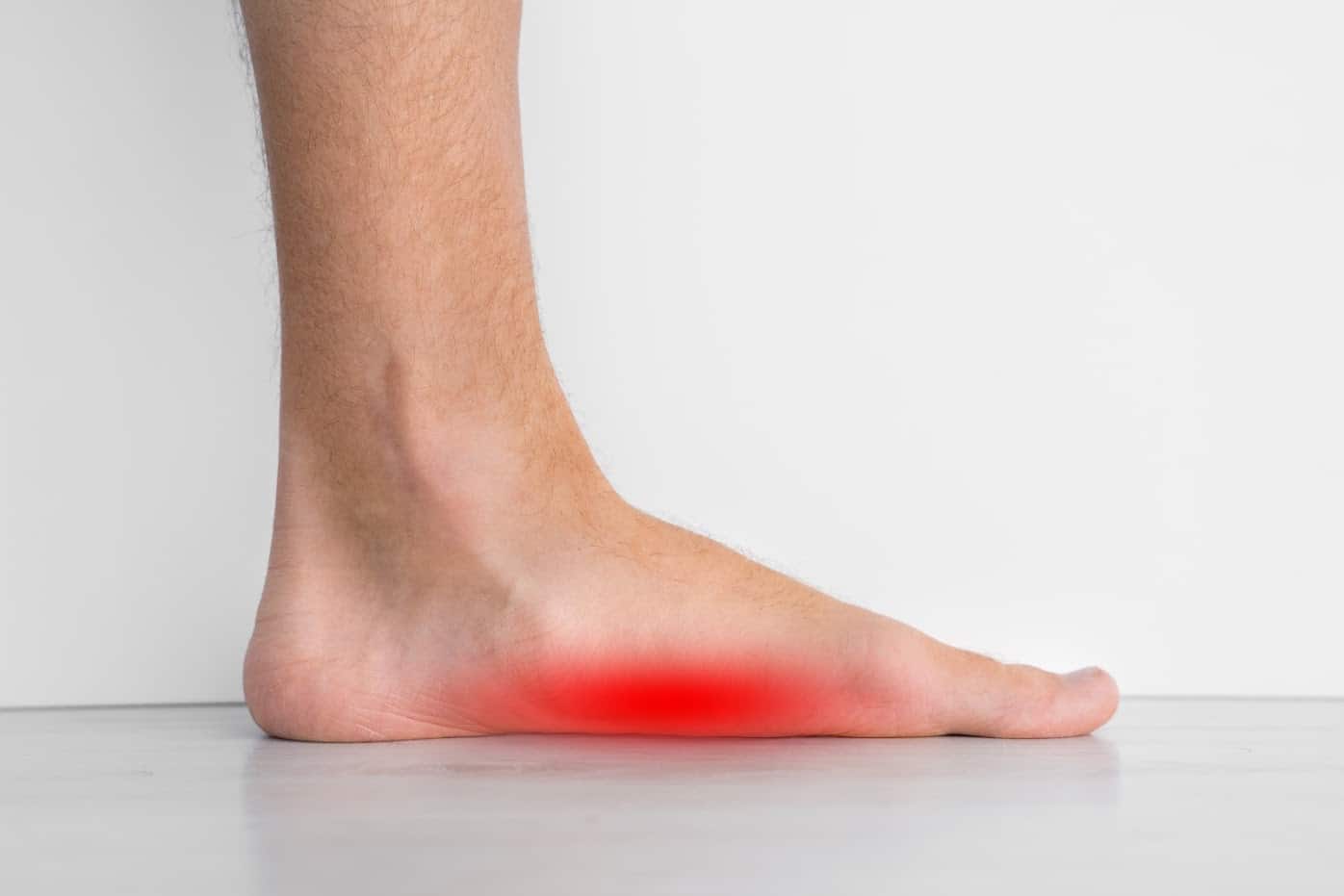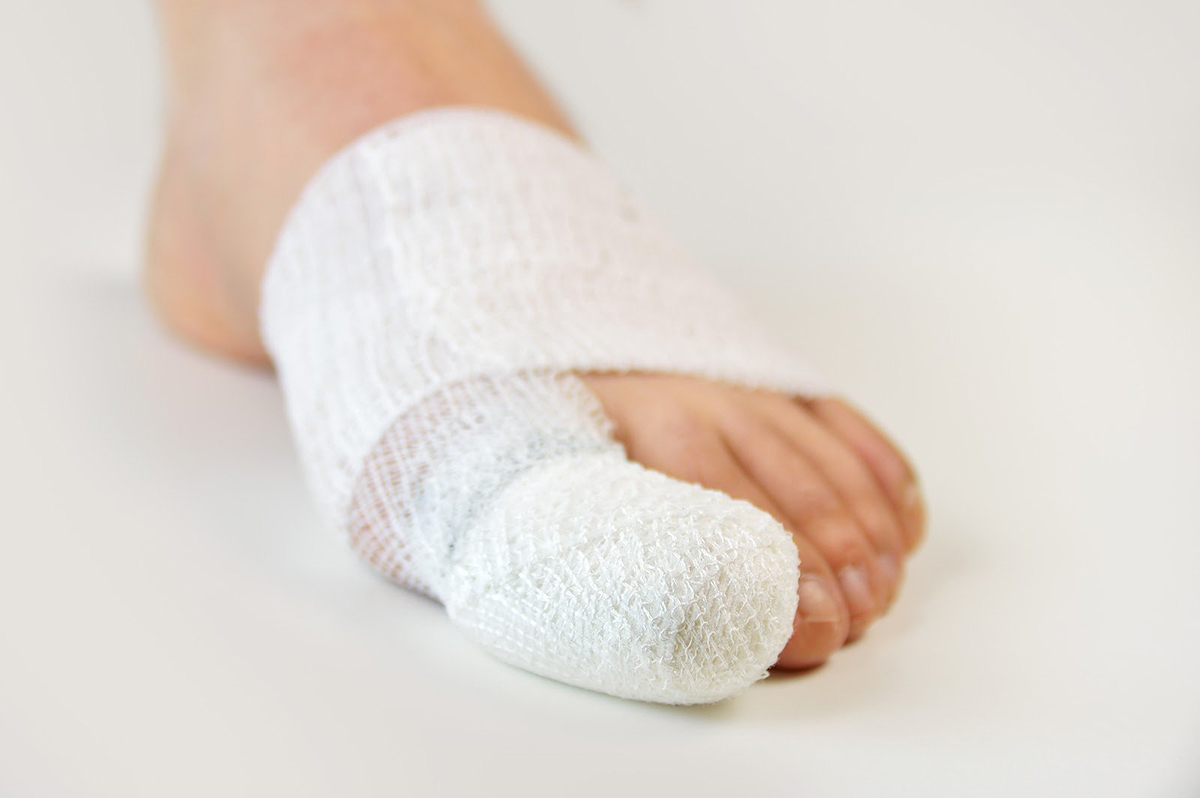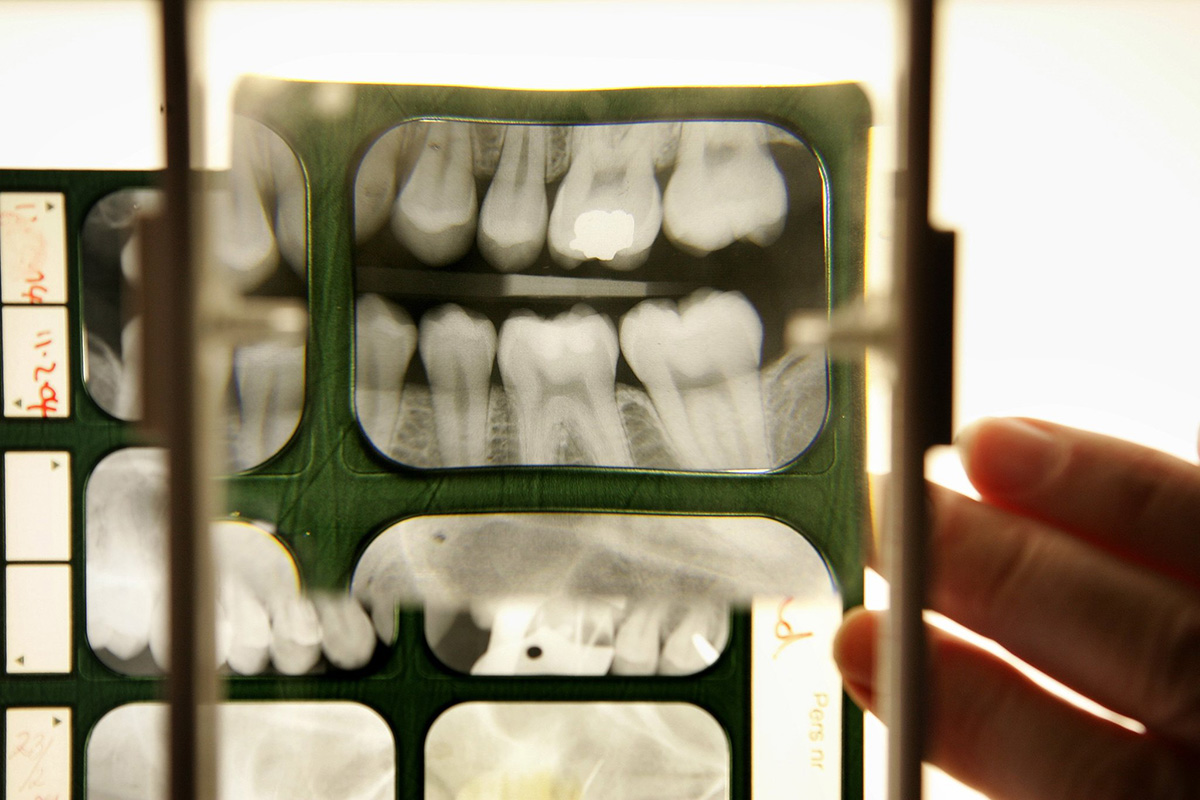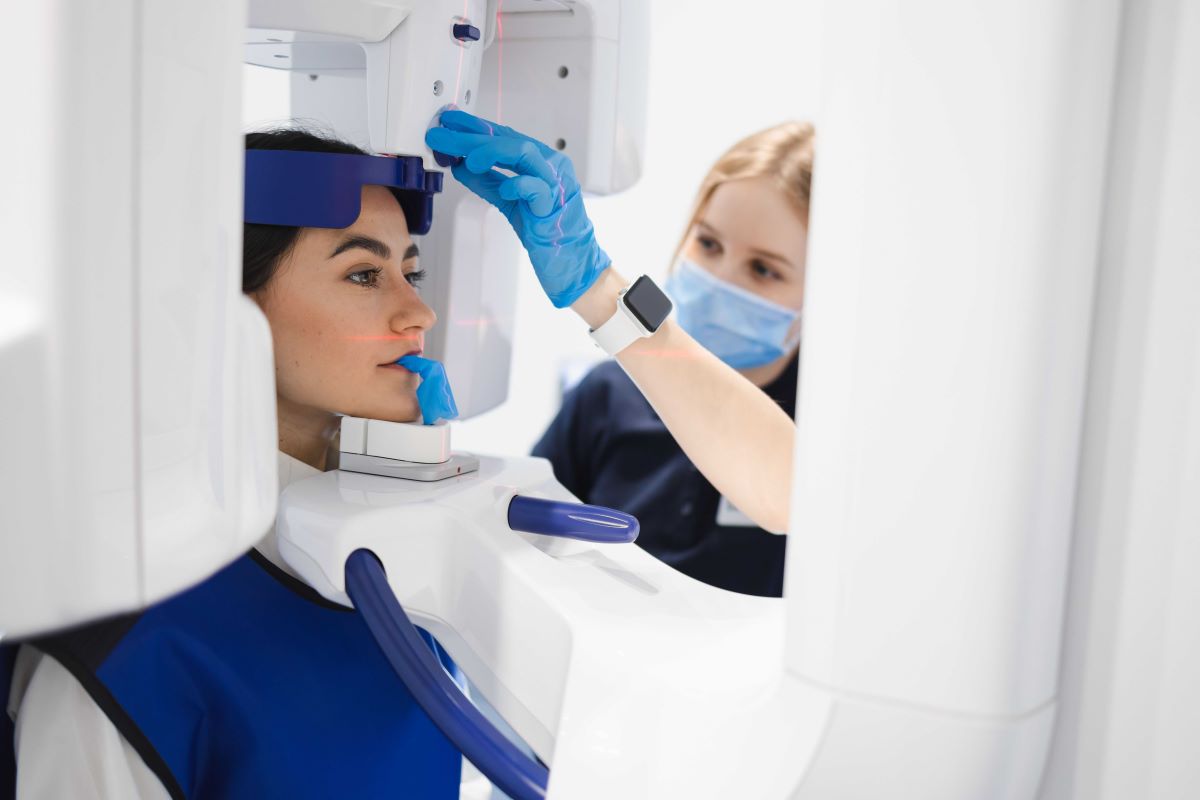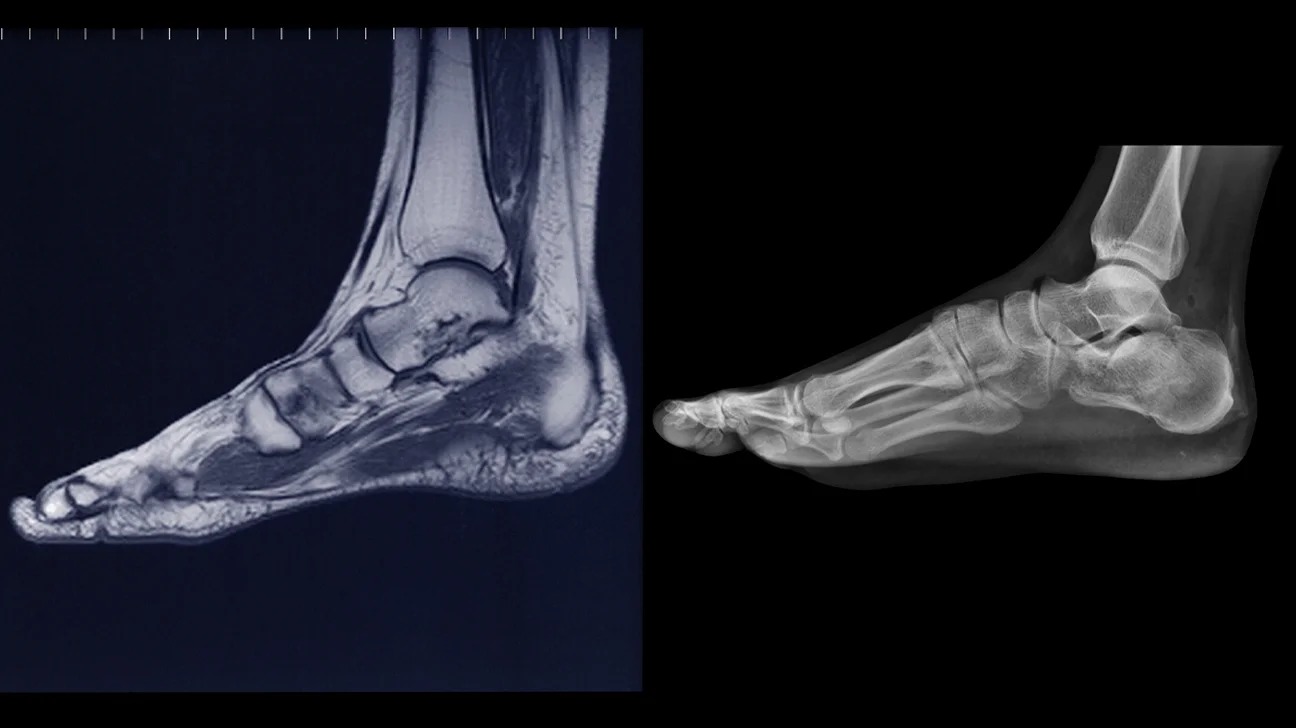

Finance
How Much Is A Foot X-Ray Without Insurance?
Published: November 14, 2023
Find out the cost of a foot X-ray without insurance and manage your finances effectively. Explore affordable options for medical imaging services today.
(Many of the links in this article redirect to a specific reviewed product. Your purchase of these products through affiliate links helps to generate commission for LiveWell, at no extra cost. Learn more)
Table of Contents
Introduction
Welcome to our comprehensive guide on foot x-rays without insurance. If you’ve ever experienced foot pain or sustained an injury, you may have been advised to get an x-ray to diagnose the issue accurately. However, the cost of medical procedures can be a significant concern, especially when you don’t have insurance coverage.
In this article, we will explore the world of foot x-rays without insurance, including the factors that affect their cost and the average prices you can expect in different locations. Additionally, we’ll discuss alternatives to traditional foot x-rays that may help you save money without compromising on your healthcare needs.
Before we dive into the specifics, it’s essential to understand what foot x-rays entail. X-rays are diagnostic tests that use low levels of radiation to capture images of the bones and tissues within your foot. They are crucial in identifying fractures, bone abnormalities, joint conditions, and other potential issues that may contribute to foot pain or dysfunction.
Although they are essential for accurate diagnosis, foot x-rays can come at a high cost, especially if you don’t have insurance to cover the expenses. The specific factors affecting the price of foot x-rays without insurance can vary, including the geographic location, the imaging facility you choose, and the complexity of the procedure itself.
In the following sections, we will delve into more detail regarding the factors that influence the cost of foot x-rays without insurance and provide you with an overview of the average prices in different locations. Additionally, we will explore alternative options that may offer cost-effective alternatives to traditional foot x-ray procedures.
Now that we have set the stage let’s continue exploring how you can navigate the world of foot x-rays without insurance coverage, enabling you to make informed decisions about your healthcare needs.
Understanding Foot X-Rays
Foot x-rays are a valuable diagnostic tool used by healthcare professionals to assess and identify problems within the bones and soft tissues of the foot. The procedure involves taking detailed images of the foot using X-ray technology, which uses a controlled amount of radiation to produce images.
Foot x-rays can reveal various conditions and injuries, including fractures, dislocations, arthritic changes, and deformities, such as bunions or hammertoes. They provide valuable information to doctors, assisting in accurate diagnoses and appropriate treatment plans.
The procedure for foot x-rays is relatively straightforward. A radiographer will position your foot on an X-ray table and may use sandbags or other supports to help maintain the correct position. They will then position the X-ray machine over your foot and instruct you to hold still while the images are captured. The process is quick and painless, usually lasting only a few minutes.
Foot x-rays typically produce two types of images: weight-bearing and non-weight-bearing. Weight-bearing x-rays are taken while you are standing, allowing for a more accurate assessment of any misalignments or abnormalities under the usual pressures of daily activities. Non-weight-bearing x-rays are typically taken while you are lying down and can provide a clearer view of the bones and joints in the foot.
It’s important to note that foot x-rays involve exposure to a small amount of radiation. However, the radiation levels used in modern x-ray machines are considered safe, and the benefits of accurate diagnosis usually outweigh the potential risks. It’s essential to inform your healthcare provider if you are pregnant or suspect you may be pregnant before undergoing any x-ray procedure.
Now that you have a better understanding of what foot x-rays are and how they are performed, let’s explore the various factors that can influence the cost of foot x-rays when you don’t have insurance coverage.
Factors Affecting the Cost of Foot X-Rays without Insurance
When it comes to the cost of foot x-rays without insurance, several factors can influence the final price you may have to pay. Understanding these factors can help you navigate the healthcare system and potentially save money. Let’s take a closer look at some of the key factors affecting the cost of foot x-rays without insurance:
- Geographic Location: The location in which you receive your foot x-ray can have a significant impact on the cost. Prices can vary widely between different cities and even within the same area. Typically, areas with higher costs of living tend to have higher healthcare costs overall.
- Imaging Facility: The choice of imaging facility can also play a role in determining the cost. Different facilities have different pricing structures and may offer varying levels of service or amenities. It’s a good idea to research and compare prices between different imaging centers in your area to find the most affordable option.
- Complexity of the Procedure: The complexity of the foot x-ray procedure can impact the cost. Factors such as the number of images needed, the need for specialized views, or the use of contrast dye can increase the overall expense. Your healthcare provider will determine the level of complexity required based on your specific condition.
- Additional Services or Interpretation: In some cases, additional services or interpretation may be necessary, which can add to the cost of the foot x-ray. For example, if the images need to be reviewed by a radiologist or if a second opinion is sought, there may be additional fees associated.
- Negotiation and Payment Options: If you don’t have insurance coverage, it’s worth exploring negotiation and payment options. Some healthcare providers may offer discounts or payment plans for uninsured individuals. It’s essential to communicate openly with the provider about your financial situation to see if any arrangements can be made.
It’s important to keep in mind that these factors can vary significantly, and there is no one-size-fits-all answer when it comes to the cost of foot x-rays without insurance. The best approach is to research and compare prices, communicate with your healthcare provider, and explore different options to find the most affordable solution for your specific situation.
Now that we’ve discussed the factors influencing the cost let’s move on to the next section, where we’ll explore the average cost of foot x-rays without insurance in different locations.
Average Cost of Foot X-Rays without Insurance in Different Locations
The cost of foot x-rays without insurance can vary significantly depending on the geographic location. Prices can differ based on factors such as the local cost of living, the level of competition among healthcare providers, and the availability of imaging facilities. While these figures are merely averages and can fluctuate, here are some general estimates for the cost of foot x-rays without insurance in different locations:
- United States: In the United States, the cost of foot x-rays without insurance can range from $100 to $500 or more. However, prices can vary widely depending on the state and city. For example, in areas with higher healthcare costs like California or New York, foot x-rays tend to be more expensive.
- Canada: In Canada, the cost of foot x-rays without insurance can range from $50 to $200. However, prices may vary depending on the province and specific location within the country. Additionally, some provinces may offer subsidized healthcare services for certain individuals or specific conditions.
- United Kingdom: In the United Kingdom, foot x-rays without insurance are typically provided through the National Health Service (NHS). The NHS provides free healthcare services to all UK residents, including x-rays. However, there may be waiting times for non-emergency procedures, and private options are available for those who prefer expedited service.
- Australia: In Australia, the cost of foot x-rays without insurance can range from $80 to $200. Prices may vary based on the specific location and imaging facility. It’s important to note that Medicare, the Australian public healthcare system, provides rebates for diagnostic imaging services, including foot x-rays, which can help reduce the out-of-pocket expense.
- Other Countries: The cost of foot x-rays without insurance can vary greatly in other countries. Factors such as the healthcare system, local pricing structures, and economic conditions can influence the prices. It’s advisable to research and inquire with local healthcare providers to get a better understanding of the specific costs in your country.
It’s crucial to remember that these figures are average estimates, and the actual cost you may encounter can differ based on the factors discussed earlier. To obtain the most accurate and up-to-date pricing information, it’s advisable to reach out directly to local imaging facilities or consult with healthcare professionals in your area.
Now that we have discussed the average costs, let’s explore alternative options that may provide cost-effective alternatives to traditional foot x-rays.
Alternatives to Traditional Foot X-Rays
While traditional foot x-rays are widely used and effective in diagnosing foot conditions, there are alternative imaging techniques that can provide cost-effective options for individuals without insurance coverage. These alternatives can offer insights into foot health and assist in diagnosing certain conditions. Here are a few of the alternative options to consider:
- Ultrasound: Ultrasound imaging uses high-frequency sound waves to capture real-time images of the foot’s soft tissues, such as tendons, ligaments, and muscles. It is particularly useful in assessing conditions like tendonitis, sprains, and soft tissue abnormalities. Ultrasound imaging is non-invasive, does not involve radiation, and is generally more affordable than traditional foot x-rays.
- MRI: Magnetic Resonance Imaging (MRI) produces detailed images of the foot using a magnetic field and radio waves. MRI is highly effective in diagnosing complex foot conditions, such as ligament or tendon tears, stress fractures, and joint abnormalities. While MRI can be more expensive than x-rays, it allows for comprehensive evaluation of both bone and soft tissue structures.
- CT Scan: A Computed Tomography (CT) scan provides detailed cross-sectional images of the foot, allowing for a more comprehensive evaluation of bones and joints. CT scans are particularly useful in diagnosing complex fractures, bone infections, and assessing bony abnormalities. However, they involve higher radiation doses and tend to be more costly compared to other imaging options.
- Clinical Examination: In some cases, a thorough clinical examination by a qualified healthcare professional may be sufficient to evaluate foot injuries or conditions. Through physical assessment, medical history analysis, and specific tests, healthcare providers can often make informed diagnoses without the need for imaging studies. This option can be cost-effective for individuals without insurance coverage.
It’s important to note that the suitability of each alternative may vary depending on the specific condition or injury. Your healthcare provider will determine the most appropriate imaging option based on your symptoms, medical history, and the nature of your foot problem.
When considering alternative imaging options, it’s essential to discuss with your healthcare provider the potential out-of-pocket costs, availability of these alternatives in your area, and if they accept self-pay patients. In some cases, healthcare providers may offer discounts or payment plans for uninsured individuals, helping to make these alternatives more accessible.
Remember, while alternatives to traditional foot x-rays can provide cost-effective options, it’s crucial to prioritize your health and consult with a qualified healthcare professional to ensure accurate diagnosis and appropriate treatment.
Now, let’s conclude this guide with a summary of what we’ve discussed.
Conclusion
In conclusion, obtaining foot x-rays without insurance coverage can be a concern for many individuals. However, by understanding the factors that affect the cost, exploring average prices in different locations, and considering alternative imaging options, you can navigate the healthcare system more confidently and make informed decisions about your foot health.
Foot x-rays are essential in diagnosing various conditions and injuries, providing valuable insights into the bones and soft tissues of the foot. Factors such as geographic location, choice of imaging facility, complexity of the procedure, additional services, and negotiation options can influence the cost of foot x-rays without insurance. Researching prices, communicating with healthcare providers, and exploring payment options can help you find the most affordable solution for your specific situation.
Average costs of foot x-rays without insurance can vary widely depending on the country and location. It’s essential to reach out to local imaging facilities or consult with healthcare professionals to get accurate pricing information for your region.
Additionally, there are alternative imaging options, such as ultrasound, MRI, and clinical examination, which can provide cost-effective alternatives to traditional foot x-rays. These alternatives may offer insights into foot health while potentially reducing the financial burden for individuals without insurance coverage.
Remember, your health should always be a priority. Consult with a qualified healthcare professional to determine the most appropriate imaging option based on your specific condition and symptoms.
While this guide provides valuable information, it’s important to reach out to healthcare providers, imaging facilities, and local resources to get the most accurate and up-to-date information pertaining to your individual circumstance.
By being proactive, informed, and exploring all available options, you can ensure that you receive the necessary foot imaging without compromising your financial well-being.
Thank you for reading our comprehensive guide on foot x-rays without insurance. We hope this information has provided you with valuable insights and empowered you to make informed decisions regarding your foot health.

